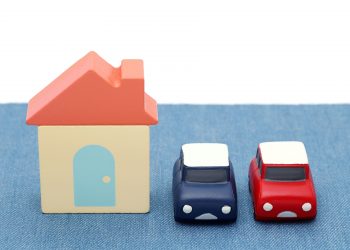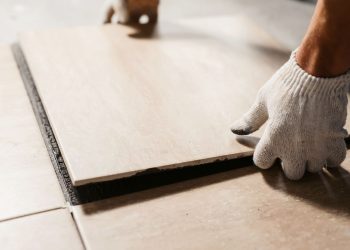Your homeowners insurance policy covers more than just your house. It also applies to other structures that are on your property but aren’t attached to your house. Exactly what is covered and how much coverage you have will depend on your specific policy and circumstances.
What are ‘Other Structures?’
The term “other structures” includes things that aren’t attached to your house, such as a fence, a shed, a detached garage and your mailbox. Some details differ from one insurance company to another.
For example, some insurers only include buildings, such as a detached garage or a shed, in their “other structures” coverage. A fence, a mailbox or an in-ground pool might fall under a different portion of the insurance policy. In other instances, an insurance company includes all structures that are physically separated from a house in its “other structures” coverage.
What Perils are Covered?
Your “other structures” coverage will compensate you for a loss caused by a peril that is covered under the rest of your policy, such as fire, storm damage, theft and vandalism. If a structure is damaged by a peril that’s excluded, such as flooding, your insurance company won’t pay for repair or replacement.
In some cases, the way you use the structure may limit your coverage. For example, if you run a business out of your garage and it gets damaged, or if tools or equipment that you store there get damaged or stolen, the loss may not be covered. You may need a separate business insurance policy. Sometimes a standard homeowners insurance policy does cover business-related property, but the coverage limit is relatively low.
How Much Coverage Do You Have?
Typically, the amount of coverage for other structures is a percentage of the dwelling coverage limit. For example, if you have $500,000 in dwelling coverage, your coverage limit for other structures would probably be $50,000. If that amount isn’t high enough, you may be able to raise your coverage limit and pay higher premiums.
Some insurance policies pay for replacement cost, which is the amount it will cost to rebuild a covered structure if it gets destroyed. Other policies pay actual cash value, which takes depreciation into account. Sometimes a policy provides replacement cost coverage for buildings and actual cash value coverage for structures that aren’t buildings. If a structure gets destroyed and you have actual cash value coverage, you may have to pay a significant sum out of your own pocket to have it rebuilt.
Review Your Insurance Coverage
It’s essential to understand what your homeowners insurance policy does and doesn’t cover and to know how much coverage you have. If you aren’t sure, review your policy. If you think you need additional coverage, or if you have questions, contact your insurance company or agent.











